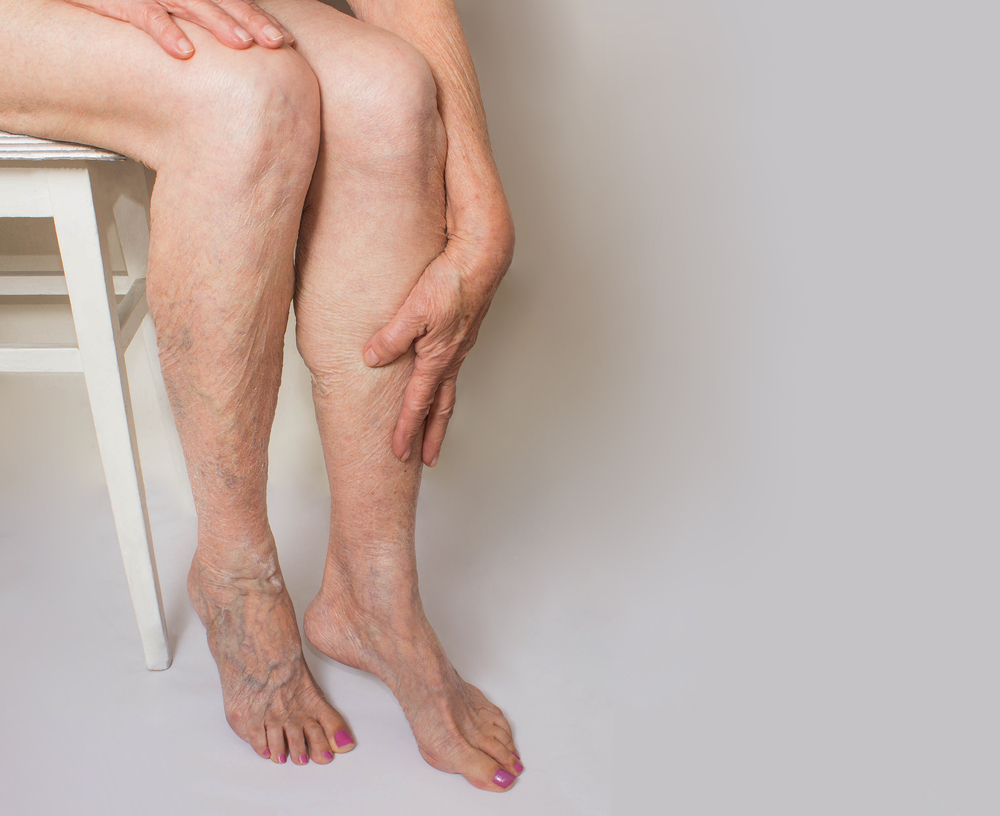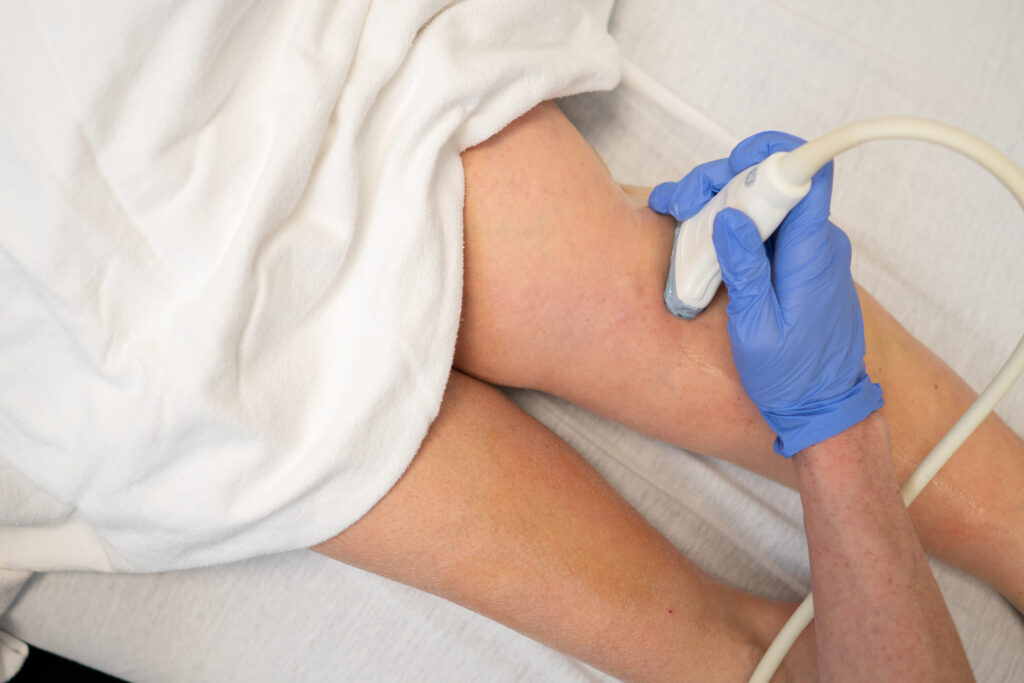Varicose veins are caused by weakened or damaged valves in the veins, which can cause blood to pool and the veins to enlarge and twist. Many people believe that varicose veins are primarily a cosmetic concern, however, they can cause pain and discomfort and, in some cases, serious health complications. One such complication is the risk of blood clots.
Blood clots also called DVT
Blood clots, also known as deep vein thrombosis (DVT), occur when a blood clot forms in a deep vein, usually in the legs. These clots can cause pain and swelling and if they break loose, they can travel to the lungs, causing a life-threatening condition called a pulmonary embolism.

Varicose veins increase the risk of blood clots because they cause blood to pool in the legs. This can cause the blood to thicken and slow down, making it more likely to form clots. Additionally, varicose veins can damage the walls of the veins, making them more susceptible to injury and inflammation. This further increases the risk of blood clots.
Risk factors
Several risk factors that can increase the likelihood of developing varicose veins and blood clots, include:
- Genetics
- Obesity
- Hormonal changes (such as pregnancy or hormone replacement therapy)
- Inactivity
- Prolonged sitting or standing
- Smoking.
Steps for managing varicose veins & blood clots
Also, to help reduce the risk of blood clots, it is important to take steps to prevent varicose veins from developing or getting worse. These steps include:
- Maintaining a healthy weight
- Staying active
- Avoiding prolonged sitting or standing
- Wearing compression stockings
- Not smoking.
It’s important to see a Specialist
Finally, if you already have varicose veins, it is important to have them checked by a Specialist to make sure they are not causing any serious health complications.

An ultrasound of your legs may be recommended to confirm varicose veins and rule out any clots. Treatment for varicose veins may be recommended, such as with VenaSeal. If you are at high risk for blood clots, your Specialist may recommend additional measures, such as blood-thinning medication or wearing compression stockings.


